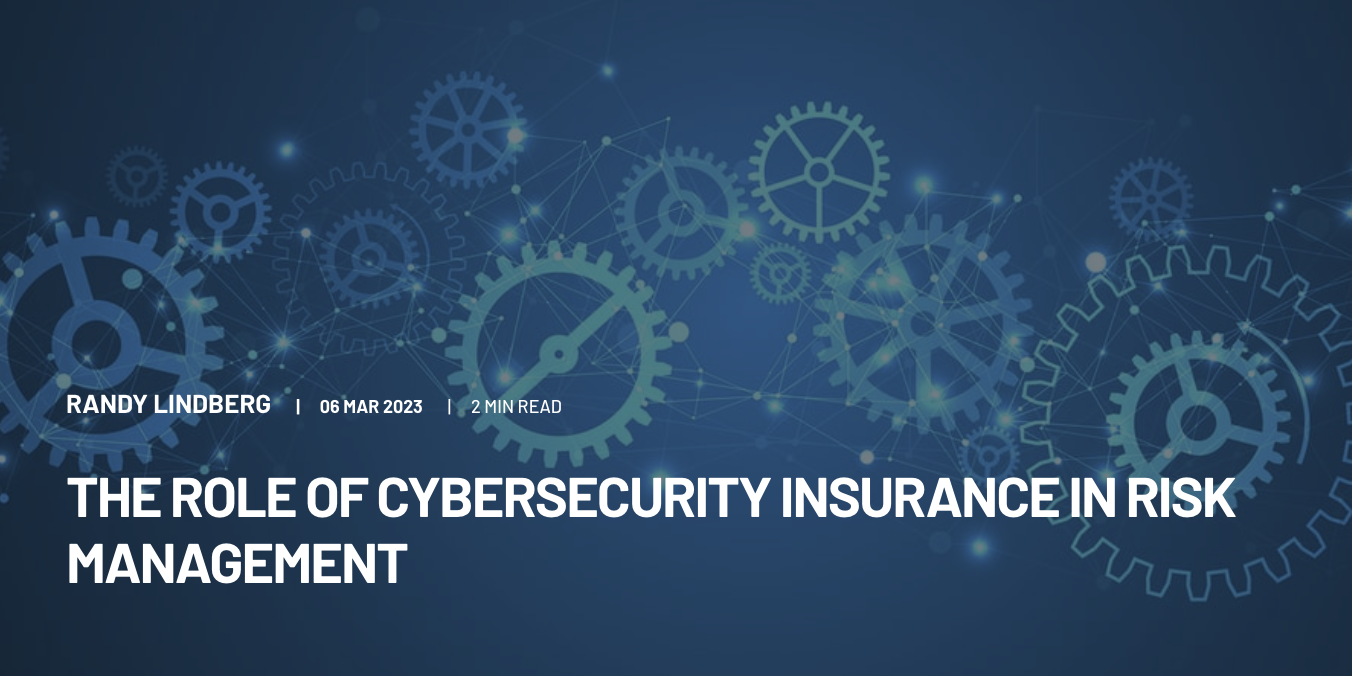The Role of Cybersecurity Insurance in Risk Management
Here are the key takeaways from this blog: Cybersecurity insurance helps cover financial losses from cyber attacks, including legal fees, data...

Here are the key takeaways from this blog:
Kickstart your AI policy with our template, built on the latest best practices
Cyber insurance can't fully shield your organization from cybercrime, but it can help keep your business operations going if there's a major security breach.
Smaller banks and credit unions are often targeted because they handle sensitive data and cash. Buying insurance gives these smaller organizations an extra layer of protection, especially since they often have weaker defenses.
Whether you're thinking about getting insurance or just want to learn more about it, here's what you need to know.
Cyber Insurance, also known as cyber liability insurance, focuses on protecting against digital risks like data breaches and cyberattacks. Unlike some types of insurance, the government doesn't get involved in the process, and businesses aren't required to have it. Right now, it's up to each organization to decide if it's worth purchasing.
At the moment, it's completely up to an organization's discretion on whether they would benefit from insuring against cyber threats. For enterprises, insurance is simply seen as the cost of doing business which is why they "constitute over 72.4% share" (YAHOO). At the moment, small and medium-sized businesses (SMBs) remain cautious but are anticipated to recognize their value in the future.
Cyber insurance is relatively new compared to other types of insurance. The first policy was written in 1997 by AIG (SLATE) and covered things like unauthorized access and data loss. Since then, coverage has evolved, split into first-party coverage for losses directly impacting a business and third-party coverage for losses affecting other businesses.
Currently, regulatory bodies like the NAIC have been relatively hands-off in setting standards and rules for cyber insurance. This approach has allowed the industry to develop independently. However, as data security and privacy laws become stricter, regulators will likely become more involved in the future.
To help organizations evaluate the advantages and drawbacks of cyber insurance, the Federal Financial Institution Examination Council (FFIEC) has released a joint statement. This statement outlines important topics for internal teams to discuss when thinking about cyber insurance. Discussed topics include:
When you're checking out insurance prices, you'll quickly see that premiums vary a lot between different companies. This has always been the case because it's tough to handle and predict the ever-changing cyber threats.
When you're buying insurance, you have two main choices: standalone or packaged. Standalone insurance focuses solely on cyber risks and has wider coverage, while packaged insurance is more limited as it combines cyber coverage with other types of insurance.
To try and lower your premium, here are three options to talk about when having discussions with your cyber insurance provider:
The first thing underwriters will do is assess your industry's regulatory and jurisdictional compliance to cross off their internal minimum threshold for insurance.
Showcasing that your organization complies with multiple cybersecurity frameworks such as NIST, ISO 27001, SOC2, PCI, etc.. provides a paper trail evidence indicating a mature cybersecurity program, which will in turn help negotiate a better rate.
A recent report revealed that "Third-Party Coverage accounted for over 62.1% of the market" (Market.US), showing a clear worry across industries about uncontrolled attacks from third parties.
Maintaining a strong Third-Party Risk Management (TPRM) program improves your risk profile. This gives you more power during negotiations with insurers, potentially leading to broader coverage and better prices.
A good cybersecurity plan involves more than just tools or gadgets; it's a complete strategy that combines people, processes, and technology to handle and reduce cyber risks. If you show that you have a solid plan and are always working to improve it, insurers will see you as a more attractive customer.
Rivials data security platform can be instrumental in lowering your cyber insurance premium. Our platform accurately measures potential financial losses linked to different risks, giving organizations a clear idea of the insurance coverage they need to manage risks well. This helps avoid having too little or too much insurance, balancing coverage and costs. With detailed risk assessments, organizations can negotiate from a position of strength, providing solid evidence for their coverage needs. Ultimately, accurate risk measurement improves negotiation power, resulting in insurance solutions that fit better and may offer improved premiums and terms.
Kickstart your AI policy with our template, built on the latest best practices

Here are the key takeaways from this blog: Cybersecurity insurance helps cover financial losses from cyber attacks, including legal fees, data...

1 min read
Here are key takeaways from the blog: Credential and Ransomware Attacks Dominate: Financial institutions face increasing threats from stolen...

Here are the key takeaways from this blog: Vendor trust isn't security—verify everything. Embed cybersecurity requirements into contracts, conduct...